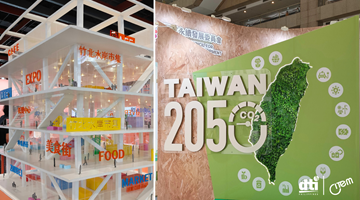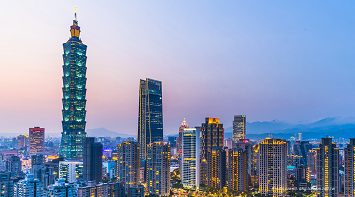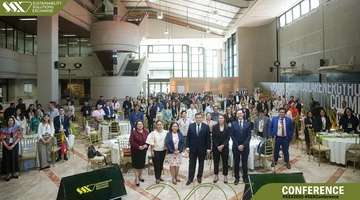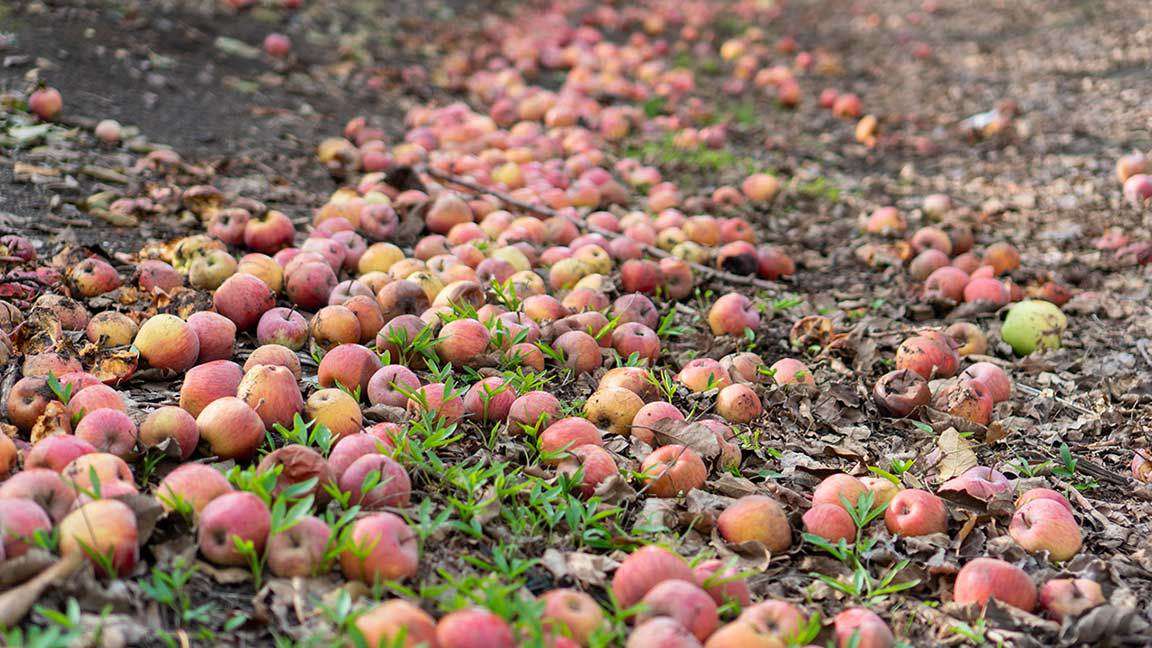POSTED Dec 15, 2022 - 11:25 AM
Reusing food waste: Circular economy in the food industry
Eliminating food waste or slowing down its production starts at the beginning of the supply chain
The world wastes about 1.3 billion tons of food each year, based on findings from a UN Environment Programme (UNEP) study. This is equivalent to about a third of food produced annually. “Even if just one-fourth of the food currently lost or wasted globally could be saved, it would be enough to feed 870 million hungry people in the world," it said.
But the problem with food production does not stop with the resulting waste. Agriculture is responsible for almost three-quarters of water withdrawal worldwide and deforestation to make way for agricultural developments remains a threat to biodiversity, the same way chemical fertilizers threaten soil and human health.
The problem of global food waste may be massive but there is still a way to minimize food waste and pollution from the food industry: circular economy.
“In our current economy, we take materials from the Earth, make products from them, and eventually throw them away as waste—the process is linear. In a circular economy, by contrast, we stop waste being produced in the first place.”
This is how the Ellen MacArthur Foundation defines circular economy. But how can this be applied to the food industry where the main product is something that cannot be recycled or reused due to sanitary and health reasons?
The foundation endorses its ambitions to change the food system by sourcing local and regeneratively grown food, designing and marketing healthier food products, and making the most of food.
It is possible for the food industry to create a loop in order to minimize—or even eliminate—waste. This starts in the first stages of the supply chain. Growers can practice agroforestry, crop rotation, and organic farming. And even conversion of food waste to fertilizers. Economically speaking, these may also bring certain advantages.
Another approach to circular economy is slowing down the production of waste; that is, fully extracting its potential before it ends up in landfills or being incinerated. Proper food waste segregation is crucial to this approach. Food waste can be used to produce heat energy through a series of physical, chemical, and biological conversions.
In the Philippines, several organizations are helping instigate the circular economy into full swing. Ouro Prime, for one, practices food waste recycling. It collects waste from households and food companies to transform into compost, which will be delivered to urban farmers. Food Rescue Philippines, on the other hand, collects food surplus from supermarkets for redistribution to soup kitchens and other non-profit organizations. Circulo Economy lists down more local organizations and companies practicing circular economy in the food industry in their latest report.
But to make a circular economy work, time and funding are necessary. “[W]ithout either, our agricultural systems are on a trajectory to suffer in the long-term, which will impact all of us,” acknowledges the Ellen MacArthur Foundation.
The key question now though is, do we have enough of both?
Photo by Tal Surasky on Unsplash
Read more

Rooted in Advocacy, Crafted for the Future
Going strong for 42 years, Manila FAME is a bold, seasoned trade show shaped by decades and transfor... Learn More

Learning the curve of sustainability: CITEM explores Taiwan’s SDG-driven industries
CITEM tracks sustainable practices in Taiwan’s transformative industries, and gets a glimpse of a... Learn More

CITEM Market Sensing Mission to Taiwan to strengthen PH SDG competency
Making serious strides toward strengthening the country’s sustainability footprint, CITEM travels to... Learn More

EU, PH push for green solutions in food industry at Sustainability Solutions Exchange 2025
Aiming to develop a sustainable Philippine food industry, the European Union (EU) and the Department... Learn More
